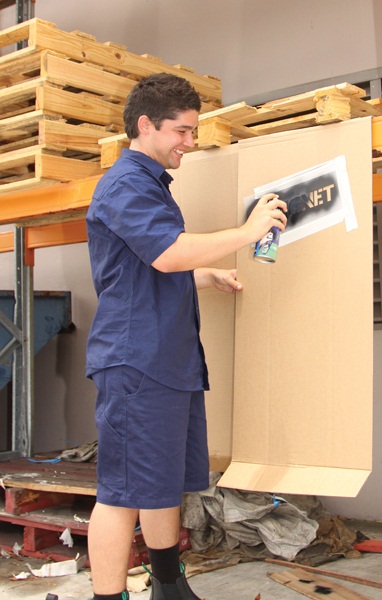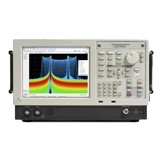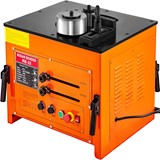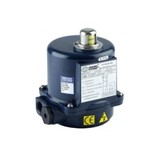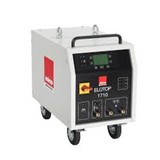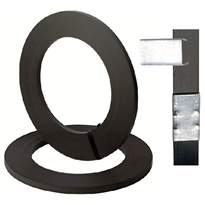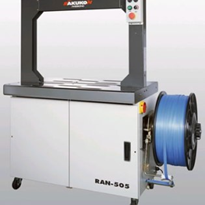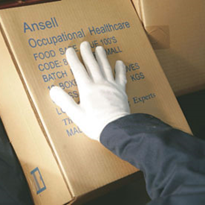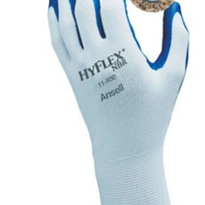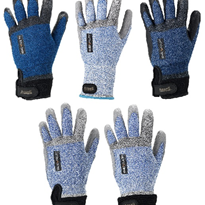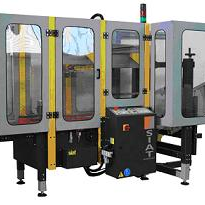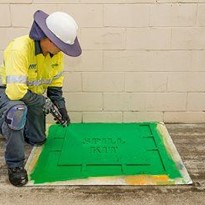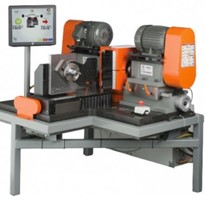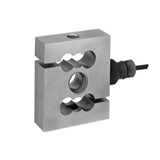Before you begin it is important to have a good understanding of the type of paint or ink you need as well as the best stencil material for the job and general industry tips.
Typical stencil materials include Mylar, Blue Poly and Zinc – each is best for different applications.
Mylar
Mylar is a tough, lightweight and translucent polyester. It is ideal for when you need a thin magnetic stencil to adhere to curving metal surfaces. It is impervious to inks, most acids and chemicals.
Blue Poly
Blue poly material is made from durable and flexible polypropylene so will hold its shape. It is ideal for long life stencils and is resistant to most chemicals.
Zinc
Zinc is the most durable stencil material, as it is resistant to chemicals and allows for virtually unlimited marking. It is ideal for extra long life stenciling on flat surface, is easy to keep clean and will maintain sharp resolution.
Next it is important to look at the type of paint or ink you need for the job. The choices available include aerosol stencil spray, steel colour coding spray, stencil roller, oneshot roller and oneshot brush.
Stencil Spray
- Characteristics: paint is opaque, pigmented and fast drying
- Applications: ideal for stenciling or colour coding on both porous and non-porous surfaces
- 18 colours available
Steel Colour Coding Spray
- Characteristics: paint is opaque, pigmented and meets Steel Industry standards for colour
- Applications: ideal for stenciling or colour coding on both porous and non-porous surfaces
- 23 colours available
Stencil Roller
- Characteristics: Ink is light-fast, bold, permanent and opaque. Resistant to water when dry
- Applications: suitable for stenciling in outdoor environments on porous and non-porous surfaces
- 4 colours available
Oneshot Roller
- Characteristics: this roller can use either ink (dye) or lacquer (pigment). The ink is bold, permanent and matte. The lacquer is light-fast, bold, permanent and opaque. Both resist water when dry.
- Applications: the ink is ideal for general stenciling applications that are protected from weather. The lacquer is ideal for stenciling in outdoor environments on porous or non-porous surfaces.
- The ink has 4 colours available while the lacquer has 5
Oneshot Brush
- Characteristics: ink is bold, permanent and matte, and will resist water once dry
- Applications: suitable for general indoor stenciling, particularly Hessian bags and timber
- 4 colours available
Lastly, there are a few tips we can impart that will help you achieve the best result when stenciling:
- Before you begin stenciling, tape the stencil into position by taping it at the top and bottom. This means you won’t have to hold it in place yourself while trying to achieve crisp stencil marks
- When you start painting or spraying, start from the edge of the stencil and work your way towards the centre (as opposed to starting in the middle and working your way out). This will help to prevent paint getting under the edges of the stencil
- Keep in mind that less is more – spray lightly or load your brush/roller lightly to stop paint seeping under the edge of the stencil. It is also a good idea to stencil with 2 thin coats, allowing the first coat to dry before applying the second
- Try to clean the stencil after each usage, as paint and ink can start to build up which means you won’t get as crisp a line
- Try to store your stencil flat to keep it from warping or buckling. This will extend its lifespan


